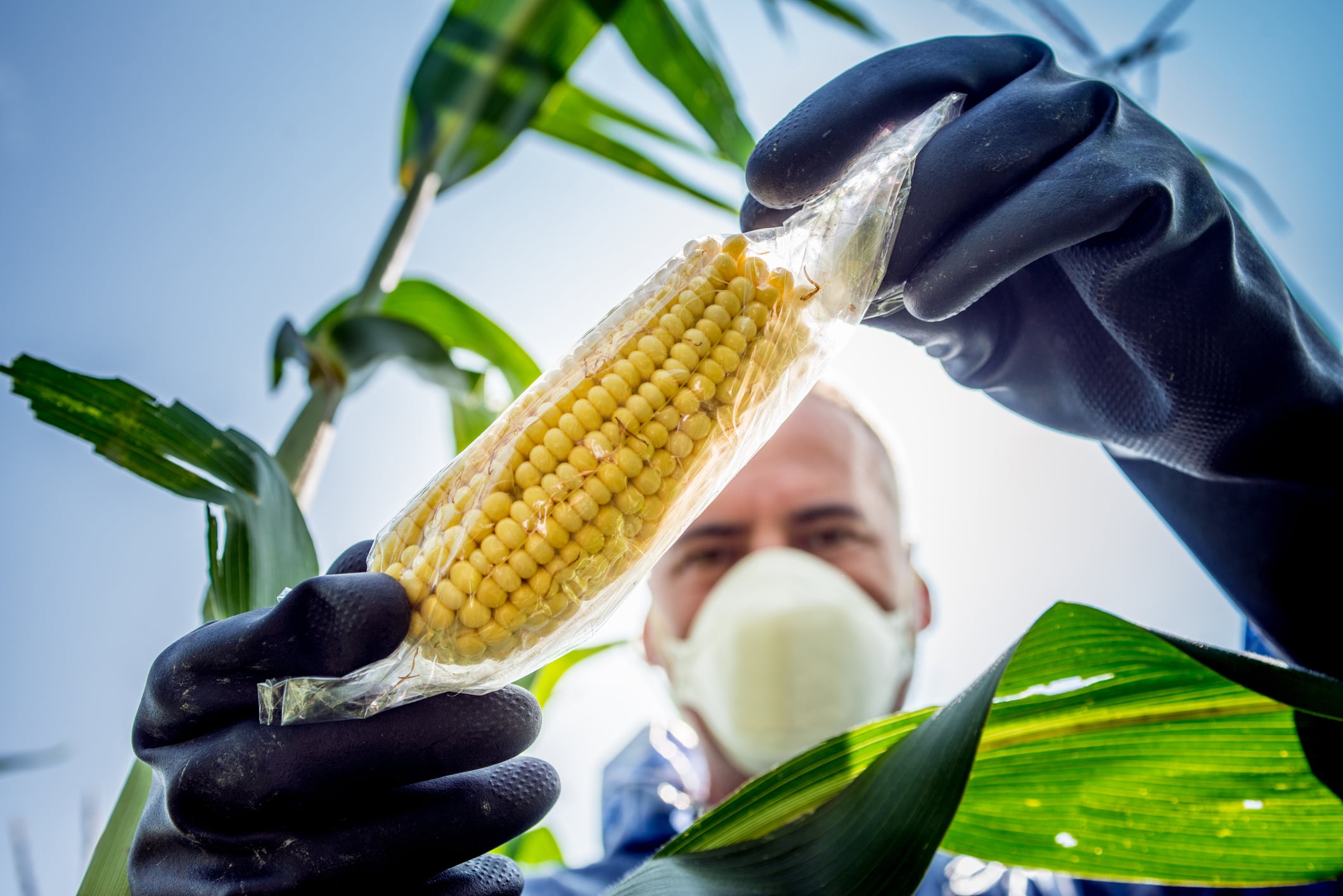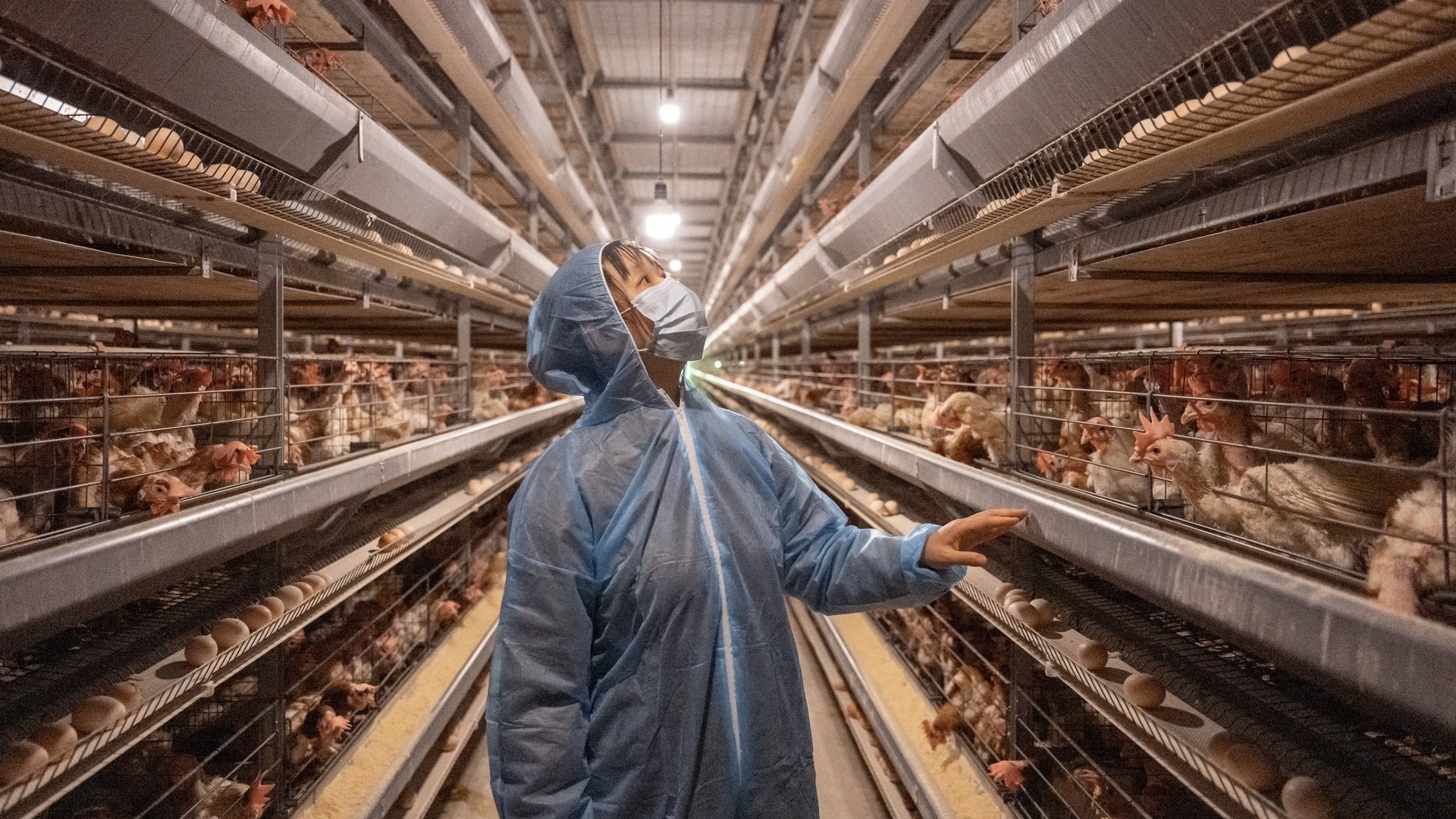Genetic engineering give plants new characteristics by artificially manipulating the genetic makeup of living organisms.
The technology has contributed to the increase in agricultural production and improved nutritional values.
“Genetic transformation methods have generated the possibility of producing plants with desired traits in elite cultivars in considerably shorter timeframes with reduced gene linkage problems
“This technique not only provides desirable traits but also improves nutritional levels, transforming them into rich and healthy food items in both dicot and monocot plants.
“Such technology is widely applicable in transferring genes from any organism to a great variety of plant species, from wild to cultivated species, thus preventing the natural barriers between species and reducing the time to obtain new varieties,” explained researchers from South Korea regarding GMO’s mechanisms at work.
Great expectations
The main benefit of genetic engineering is its ability to develop new food varieties with increased nutrition and increased resistance to viruses and extreme weather.
Some of these varieties include rice with increased iron and vitamin levels, transgenic potatoes that are resistant to viruses, and herbicide- and insecticide-resistant crops.
“Moreover, research reports have indicated that proteins produced by GMOs are non-toxic, easily digestible, and cause no allergies.
“Genetically modified fish grow larger, and pigs are grown with less body fat.
“Other studies have reported increased beneficial nutritional profiles, such as increased levels of antioxidant compounds in GMOs that may provide health benefits to humans, and provide useful medicines, such as insulin for treating diabetes, from genetically engineered bacteria”
The adoption of herbicides-tolerant GM plants in the United States has also seen a reduction in the use of herbicides and pesticides application, thereby reducing the environmental impacts of cultivated land.
It has also shown the potential to reduce allergens in crops. Multiple studies have shown that the RNAi technology had been used to silence the allergens in peanuts and tomatoes.
GMO risks
Despite its potential, a great deal of controversy centres around the biosafety of GMO products on human health and environmental integrity.
In terms of human health hazards, the concerns centred around the possibility of a transformed gene producing toxic protein or allergens in the human body. Additionally, there are worries that the incomplete digestion of GMO foods in the gastrointestinal tract would lead to toxins stuck inside the intestines, resulting in harmful health consequences.
Additionally, antibiotic resistance in the human body can develop with constant consumption of GMO foods due to the frequent use of antibiotics in the GMO process, as well as the increased bacterial resistance genes in GM plants.
In terms of environmental effects, GM plants may have a negative impact on other animal species.
Yul, R.J, et al. showed that Bt toxin produced by transgenic cotton killed many species of insect larvae, causing an imbalance in the ecosystem and food chain. Another study showed a delayed development and increased maturity in different monarch butterfly larvae which fed on the same toxin in a wild plant that has been contaminated by a GM plant.
“Chances of accidental cross pollination between GM crops with its wild relatives are very high, making them super-weeds that resist diverse herbicides and become difficult to control,” the researchers highlighted.
Current state of regulations
The paper posited that the current state of biosafety regulations is complex and varied widely around the world.
Despite GMO’s potential to alleviate poverty in some African countries, the lack of awareness and knowledge of GM technology is an obstacle to consumer acceptance of biosafety regulations.
“The restrictive regulations, lack of information and awareness of the GM crops regulations have played an important role to obstruct the commercialization of GM crops in African nations.
“In addition, opposition to biosafety bills, laws and regulations from NGOs, media, political parties social and economic factors and multinational companies have further helped to restrict the adoption of GM crops regulations in these countries.”
The researchers called for a need for a harmonised GMO biosafety regulatory system developed by multiple stakeholders involving the government, non-government agencies (NGOs), and the private sector.
As consumer awareness is key for acceptance, regional and international agencies should focus on proper dissemination of information around GMO foods and biosafety regulations.
“Despite the advantages of this technique, there is growing concern regarding the establishment of regulations for the efficient and safe use of GM plant products, and it is important to share knowledge concerning GM crops, including risks and benefits in terms of human health and the environment,” the paper concluded.
Source: Sustainability
“Assessment of Benefits and Risk of Genetically Modified Plants and Products: Current Controversies and Perspective”
Authors: Ghimire, B.K, et al.




